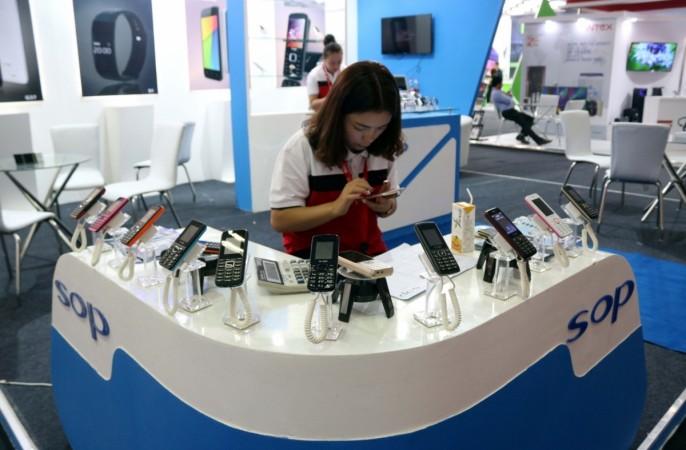
Smartphone manufacturing in India got a boost in the January-March (Q1) quarter of calendar year 2017, with approximately four out of five handsets made in the country, though all the brands were owned by overseas manufacturers.
Smartphone shipments stood at 29 million units, a marginal growth over 28.9 million units sold in the last quarter of calendar year 2016, though on a year-on-year basis, there is an increase of 15 percent, according to research firm Counterpoint Research's Market Monitor.
The top five brands accounted for almost 70 percent of the total smartphone market, while Xiaomi made it to the No. 2 spot for the first time, just behind Samsung. Chinese companies comprising Xiaomi, Vivo, Oppo and Lenovo (including Motorola) had a share of 43 percent, down from 46 percent in the December 2016 (Q4) quarter.
Samsung remained the top smartphone seller in India during Q1, with a market share of 26 percent, followed by Xiaomi at 13 percent and Vivo at 12 percent.
Another significant highlight of Q1 smartphone shipments was the nine-fold spurt in selfie-centric smartphones, according to Karn Chauhan, research analyst at Counterpoint.
Yet another positive development was the preference for high-end smartphones, as reflected in the increase in the average selling price.
"The ASP (average selling price) of smartphones in India increased by Rs 2,000 ($31) during Q1 2017 as compared to Q1 2016. The reason for the increase in ASP is the growing number of users that are upgrading to the high-end specifications offered by brands in the Rs 8,000 ($125) to Rs 20,000 ($ 310) price segment," Shobhit Srivastava, another research analyst at Counterpoint, said.
Highlights of Q1 smartphone shipments according to Counterpoint Research:
Smartphones and feature phones contributed equally to the overall mobile handset shipments in the quarter.
Qualcomm-embedded smartphones grew a healthy 64 per cent year-on-year and growing its share in smartphone market during Q1 2017.
Eight out of ten smartphones shipped supported a 5-inch or bigger display. Users are enjoying content on bigger screens, while cut-throat competition between telecom operators is resulting in low cost 4G tariff plans.
Almost four out of five mobile phones shipped during Q1 2017 were made in India.
Indian brands are expanding to overseas markets for growth as they are losing their footing in the home market.
The imposition of the Goods and Services Tax (GST) will have an impact on domestic manufacturing and the government will need to continue incentives for locally manufactured mobile phones to further push the domestic manufacturing ecosystem.










